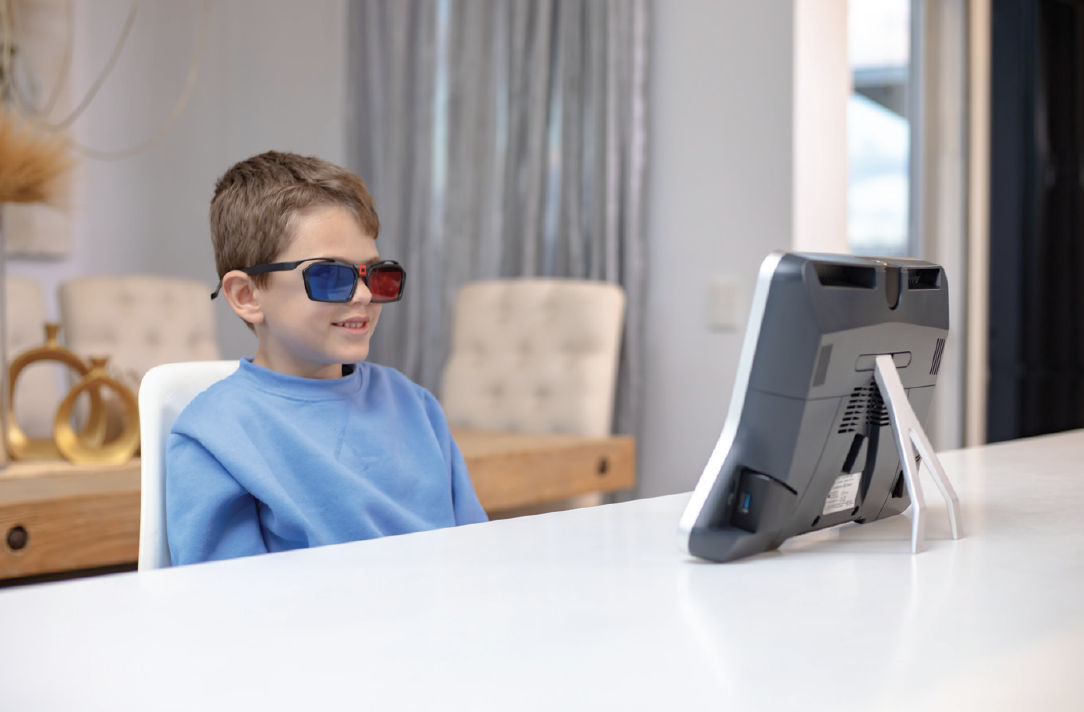
Fostering a long-term relationship with patients is beneficial to the success of any ophthalmology practice, but it is particularly important when patients first present as children. I have dedicated 45 years to treating patients with amblyopia and/or strabismus. In my experience, the most significant risk of recurrence—even after a successful course of treatment—is insufficient follow-up.
It is critical that patients return for management. This goal can become challenging to achieve if they move away after reaching adulthood. If geography or other circumstances prohibit maintaining a relationship with me, I emphasize the importance of maintaining consistent follow-up with another eye care provider who has experience in the subspecialty and keeps abreast of advances in treatment. That said, I have many patients who remain local or who return after they have completed their education, and I continue to see them yearly so that we can address treatment regression early. How do I keep them coming back? By building rapport and keeping up with advances in treatment.
BUILD RAPPORT
Most of my patients are initially brought to my office by a parent or caregiver. Building rapport with the adult helps the child feel amenable to returning. Pediatric patients sense their caregiver’s comfort—or lack thereof—and I find this has a direct correlation to the degree of anxiety associated with treatment. I introduce a note of positivity into appointments.
Patients and their caregivers want to feel recognized as individuals. Whether they are 4 or 40 years of age, they want to know that they’re more than a number on the day’s docket. I make a point to learn something about each of my patients, and that topic can be used as a recurring touchpoint. Sometimes, remembering the parent’s occupation or where the family likes to vacation is enough to help them feel seen.
KEEP UP WITH ADVANCES IN TREATMENT
Patching and topical drops. Occlusion treatment via patching of the dominant eye has been the standard of care for amblyopia for more than a century. With persistence and adherence on the patient’s part, treatment is effective, but children may feel stigmatized when wearing a patch during school and while socializing with other children. Patching also forces the child to see with an eye that has poor vision, which can be disconcerting.
Another treatment option is the administration of atropine drops that blur or penalize vision in the healthy eye to strengthen vision in the amblyopic eye. This form of treatment carries less of a social stigma than patching, but topical therapy also forces the child to see with a poorly sighted eye.
Studies show that both patching and therapy with atropine drops can improve visual acuity in the weaker eye but that the magnitude of improvement varies.1
Digital therapy. I have encountered adults who underwent patching in their youth and remember the experience as traumatic. Neither patching nor the use of atropine drops is easy for children. This is one reason that I am a proponent of innovative dichoptic treatments that can achieve similar results without burdening the patient. A prime example is CureSight (NovaSight; Figure 1). Users watch video content of their choosing on the device while wearing red-blue treatment glasses (Figure 2). The device uses eye-tracking technology to blur the center of the image that is shown to the stronger eye and trains the two eyes to work together. The device is designed to be used at home. It provides feedback on treatment and real-time monitoring of adherence to caregivers and physicians via the cloud. A bonus, particularly during the pandemic, is that the treatment strategy is well suited for telehealth.

Figure 1. CureSight is a digital therapy treatment for amblyopia.

Figure 2. Users wear red-blue treatment glasses while watching video content on the CureSight device.
This investigational treatment meets young people where they live and are comfortable—in the digital world. In a pivotal clinical trial, CureSight met its primary endpoint at 16 weeks, with outcomes indicating that it is noninferior to eye patching (data on file with NovaSight). Once the device becomes commercially available, I believe it will help providers such as myself engender a positive feeling about amblyopia and strabismus treatment. This could help strengthen the patient-provider relationship by making return visits opportunities to discuss improvement rather than trouble-shoot nonadherence, which is often the main focus of patching follow-up visits.
CONCLUSION
It doesn’t take a high-tech practice management system or dedicated marketing campaign to foster a long-term relationship with my patients. It takes a commitment to treating them like individuals, remembering something special about them, and infusing each patient encounter with positivity so that children can look forward to visiting a place where their efforts are praised and solutions are offered.
For a European perspective on this topic, click here to read an article by David P. Piñero, MD
1. Li T, Qureshi R, Taylor K. Conventional occlusion versus pharmacologic penalization for amblyopia. Cochrane Database Syst Rev. 2019;8(8):CD006460.




